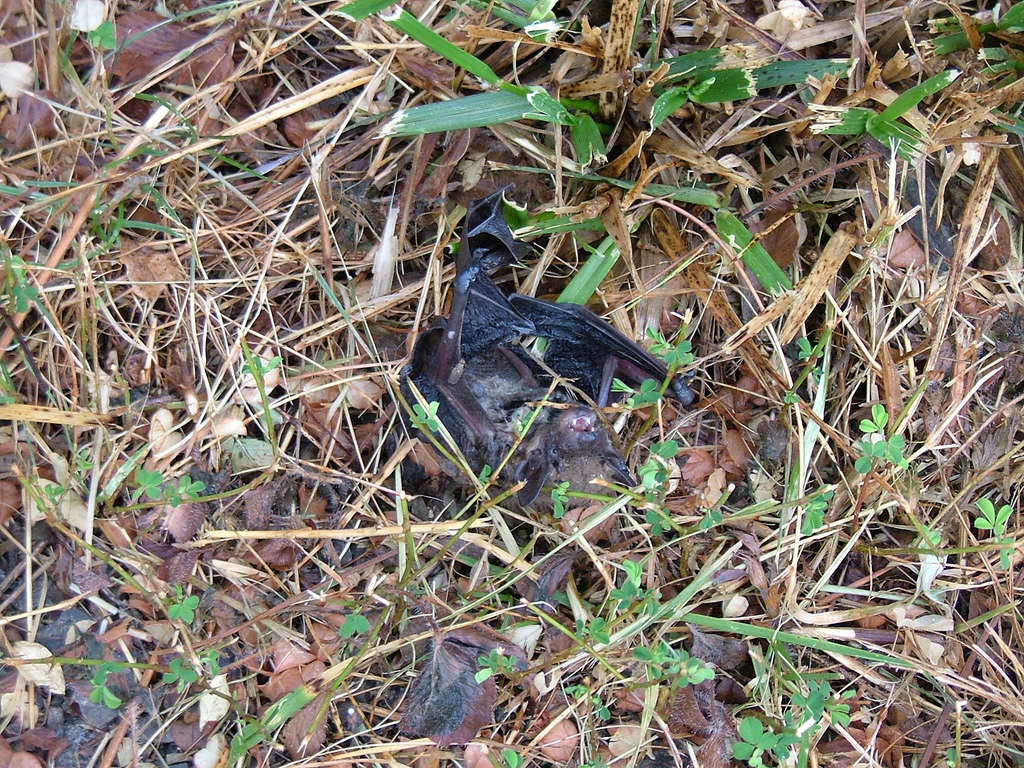
Large numbers of bats are being found dead beneath wind turbines, leading researchers to believe they may be mistaking the turbines for trees.
A study led by the U.S. Geological Survey (USGS) used surveillance cameras to monitor turbines in Indiana for several months. Researchers found that while night-migrating birds routinely flew up and around the turbines, bats seemed drawn to them. Tree-roosting bat species were the most vulnerable, with fatalities peaking on moonlit nights and during migration and mating seasons.
Bats were most likely to approach the turbines when the wind was blowing and turbine blades were stationary or slow-moving. Researchers speculate that air currents resemble wind blowing through trees, and bats expect to find insects or other prey among the blades.
Deaths occur when wind gusts cause turbine blades to start spinning abruptly. Researchers estimate that fatalities number tens to hundreds of thousands of bats each year. This is a serious blow to bats, who are long-lived creatures that reproduce slowly. It’s also bad news for farmers – insect-eating bats save them billions of dollars each year with their natural pest control.
A better understanding of what draws bats to turbines will help us to develop solutions. One may be to make turbines less sensitive to sporadic wind gusts by increasing the threshold at which blades start spinning rapidly. Another may be to aim bat deterrent devices into turbines’ downwind airstream, to which bats are most attracted.
Hopefully, with further research, we can learn how best to keep bats out of harm’s way.
**********
.
Web Links
Wind Turbine or Tree? Certain Bats Might Not Know
Wind Turbines Kill Bats by Impersonating Trees
Photo, posted August 26, 2007, courtesy of Chris M. Morris via Flickr.
.
Earth Wise is a production of WAMC Northeast Public Radio, with script contribution from the Cary Institute of Ecosystem Studies.